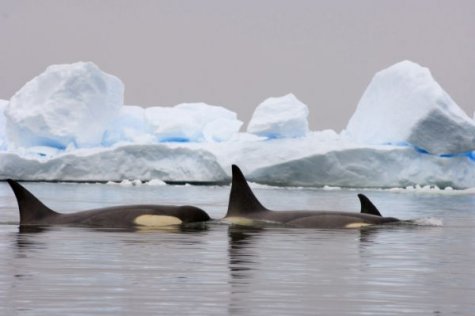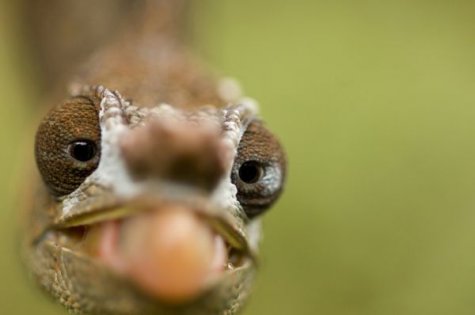A living planet: the challenges of life
On Saturday, March 6, at 18.40, on ETV (Estonian Television):
Life and Life on Location:
Part 1: Challenges of Life
Life and Life on Location:
Part 1: Challenges of Life
In the first instalment, "Challenges of Life", examples of feeding, hunting and mating behaviour and of parental care are shown from the whole world. While some animals even give up their own lives for their progeny, others leave their offspring to their own devices very early in life. The Life on Location part shows the team filming in Antarctica.
Co-operating in a world of ice
Life and Life on Location
(English version 2009)
Our planet may be home to more than 30 millions of different kinds of plants and animals, all fighting for their existence.
(English version 2009)
Our planet may be home to more than 30 millions of different kinds of plants and animals, all fighting for their existence.
The BBC nature series Life is devoted to specialised and extreme survival strategies that animals as well as plants use in their everlasting struggle for living. But there is a meaning in overcoming the hazards only if it is possible to fulfil the main purpose of life, to hand on one’s genes, in order to make certain of the survival of the species.
It is a serial in 10 parts, where each part is accompanied by a 10 minute film with highlights from the making of the respective serial part (Life on Location).
About the parts:
1. Challenges of life
2. Reptiles and Amphibians
Reptiles and amphibians may look quite primitive but they have survived for very long due to their excellent adaptability and multiple survival strategies. Some are so lightweight that they float on water, others change colour to fit the surroundings. A world where reptiles reign can be seen, and not only in films such as Jurassic Park, because this world exists in reality. It only needs a visit to the Komodo Island where the komodo dragons live.
3. Mammals
Intelligence, a constant body temperature (homeothermy, warm blood) and strong family bonds have made mammals the most successful group of animals. They survive in icy polar areas and hot deserts, they have learnt to find food everywhere and to combat their enemies by strength or stealth. Raising young is another factor. Coatis and meerkats share the burden of bringing up their young collectively. A young elephant mother needs the help of the experienced females in the flock to save her young from danger. The largest creatures in the oceans are also mammals.
4. Fish
The fish, who belong to the most varied group among the vertebrates, populate the rivers, lakes and oceans in our world. Small fish have discovered that being together is safer because of the apparent chaos - fish catchers have more difficulties in singling out one fish in a shoal - and when roe corns are shed in large numbers in one area the future of the species is better assured.
5. Birds
The fifth part of the series is dedicated to birds whose feathers have enabled them to fly, and made them exceptionally adaptable. They use warm air thermals for soaring to save strength, and nest in unbelievable places to bring up their young in greater safety. But how to catch the interest of the opposite sex? Some show off their skills in mating flights, others demonstrate their strength, the West Papuan bowerbird decorates its nest with treasures found in the forest.
6. Insects
7. Hunters and the Hunted
8. Creatures of the Deep
9. Plants
10. Primates
More reading: http://www.bbc.co.uk/programmes/b00lbpcy
Translation: Liis










